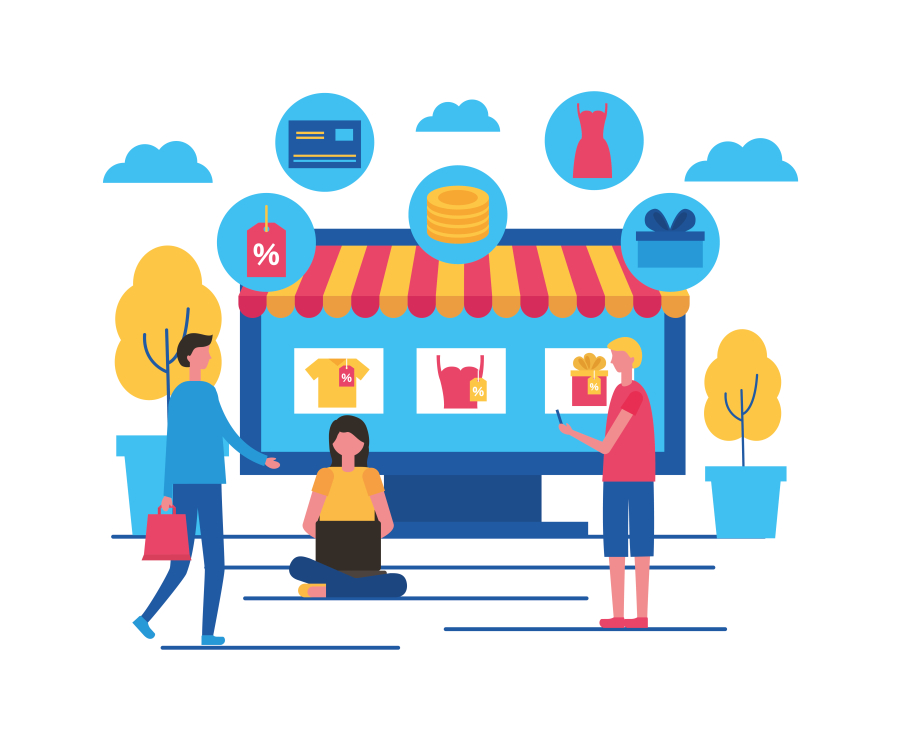The Best Design Portfolios That Inspire
A design portfolio is more than just a collection of creative work — it's a powerful storytelling tool that reflects a designer’s process, style, personality, and expertise. In the competitive world of freelance design, having a strong portfolio can be the difference between landing dream clients and getting overlooked.
At FreelancerBridge, we believe that every designer should study and learn from the best. This article explores some of the most inspiring design portfolios, highlighting what makes them effective and how freelance designers can apply those strategies to create their own standout portfolios.
Long Description
Why a Strong Portfolio Matters for Freelancers
As a freelance designer, your portfolio acts as your resume, case study, and first impression all in one. A well-crafted design portfolio can:
Build trust and credibility
Demonstrate technical and creative skills
Communicate problem-solving abilities
Showcase versatility or specialization
Drive client inquiries and project conversions
Understanding what makes a portfolio effective is essential for freelancers looking to grow their business and attract ideal clients.
What Makes a Design Portfolio Inspiring?
The best portfolios share certain key qualities that captivate clients and reflect professionalism. These qualities include:
1. Clear Brand Identity
Strong portfolios reflect the designer's personal brand. This includes:
Consistent color palette and typography
Cohesive tone and voice
Logo or personal branding
Professional headshots and bio
A distinct identity makes the designer memorable and trustworthy.
2. Curated and Relevant Work
Not every project belongs in your portfolio. The best portfolios focus on:
High-quality, polished work
Projects relevant to your target audience
A mix of freelance and personal work (if needed)
Case studies that highlight design thinking
Less is more — a curated selection is more impactful than dozens of random designs.
3. Compelling Case Studies
Rather than just showing final visuals, top portfolios include:
Project background
The problem or goal
Your role and contribution
Tools used
The process from concept to completion
Results or client testimonials
This approach positions the designer as a strategic thinker, not just a visual creator.
4. User-Friendly Layout
A portfolio should be easy to navigate and visually appealing. Key aspects include:
Clean grid layouts
Mobile responsiveness
Logical page structure
Fast loading speed
Intuitive navigation (categories, filters, search)
Good design starts with a good user experience.
5. Personal Touch and Storytelling
Inspiring portfolios also include personal insights such as:
Designer bio and background
Creative mission or values
Quotes or philosophies
Blog or journal entries
Clients connect with stories. Adding personality builds emotional engagement.
Examples of the Best Design Portfolios That Inspire
Here are some standout portfolios from various design disciplines that serve as powerful inspiration for freelancers:
1. Tobias van Schneider
Portfolio Focus: Branding, UX/UI, Product Design
Why It Inspires:
Bold visuals paired with thoughtful case studies
Clean layout with a clear narrative
Personal projects mixed with big-brand collaborations
Strong personal brand voice throughout
2. Jessica Walsh
Portfolio Focus: Creative Direction, Graphic Design
Why It Inspires:
Highly expressive and creative design
Captures attention with interactive elements
Represents a unique personality
Showcases team projects with clarity
3. Daniel Spatzek
Portfolio Focus: Web Design, Motion Graphics
Why It Inspires:
Dynamic layout and bold color schemes
Use of motion and video to create engagement
Professional and artistic balance
Clear call-to-action and contact methods
4. Sagi Haviv (Chermayeff & Geismar & Haviv)
Portfolio Focus: Logo Design and Identity
Why It Inspires:
Iconic logo work with global recognition
Minimalist layout that emphasizes the work
Deep insights into branding philosophy
High credibility through case history
5. Mike Kus
Portfolio Focus: Web Design, Illustration, Photography
Why It Inspires:
Unique combination of different creative skills
Visual storytelling that flows seamlessly
Strong hierarchy and clean interface
Personal brand elements throughout the site
How Freelancers Can Apply These Lessons
As a freelance designer, you can take inspiration from these portfolios by incorporating the following principles:
1. Define Your Niche and Strength
Focus your portfolio on your strongest areas: UX, branding, web, packaging, etc.
Create a niche-specific portfolio that speaks directly to your target clients.
2. Select Quality Over Quantity
Feature only your best work.
Include 5 to 10 strong projects rather than 30 average ones.
Regularly update your portfolio with new and relevant work.
3. Write Strong Case Studies
Go beyond visuals.
Include the project’s objective, process, challenges, and solutions.
If possible, include metrics like increased conversions, user engagement, or client feedback.
4. Design for Usability
Use a simple, responsive layout.
Include navigation, filters, or categories if needed.
Avoid clutter, unnecessary animations, or distractions.
5. Build a Personal Connection
Add a professional bio and image
Share your design philosophy and motivation
Consider writing a blog to show expertise and build trust
Tools and Platforms to Build Your Portfolio
Freelance designers can build portfolios using a variety of tools. Consider the following options:
WordPress: Highly customizable with themes and plugins
Webflow: Great for custom responsive design without code
Squarespace: Easy-to-use builder with elegant templates
Adobe Portfolio: Included with Creative Cloud, ideal for showcasing visual work
Behance: Useful for exposure and community networking
Dribbble Pro: Helps get discovered by clients through a searchable designer platform
Choose the platform that aligns with your design goals and skill level.
Mistakes to Avoid When Creating a Portfolio
Avoid these common portfolio errors that weaken your impact:
Overloading with too many projects
Lack of context or case studies
Inconsistent branding or messaging
Poor-quality images or slow load times
No clear call-to-action for clients to contact you
Being mindful of these helps ensure your portfolio works as a business tool, not just a gallery.
Benefits of an Inspiring Portfolio for Freelancers
An effective portfolio can unlock multiple opportunities, such as:
More inquiries from high-quality clients
Increased trust and credibility
Easier pitching and proposal success
Higher rates and premium positioning
Better project-fit alignment and less client friction
Your portfolio is an investment that continues to bring returns as your freelance brand grows.
Final Thoughts
A great design portfolio is not about how much work you show, but how well you communicate your value, skills, and personality. The best portfolios tell a compelling story, are easy to navigate, and focus on results-driven design.
At FreelancerBridge, we encourage all freelance designers to look beyond visuals and think strategically about how their portfolio supports their business growth. Use the insights and examples in this article to shape a portfolio that not only inspires but converts viewers into loyal clients.


 by Emily
by Emily




